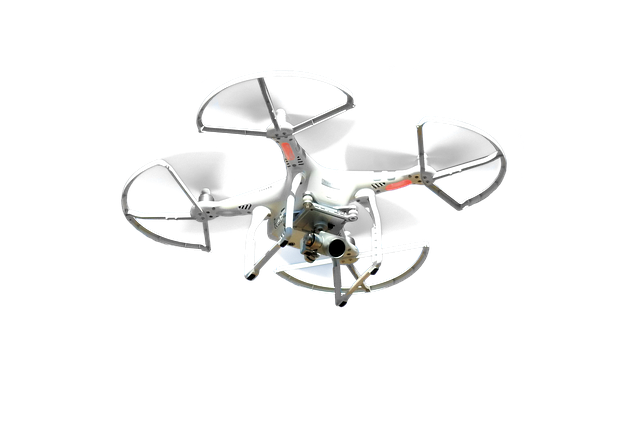Wildlife control licenses empower trained professionals to humanely address scratching sounds in Golden walls caused by animals like mice or squirrels. They pinpoint sources with advanced listening equipment, employ strategic traps and non-invasive solutions, then seal entry points to prevent future infestations. Effective teamwork among license-holding trapping teams ensures swift, efficient, and safe wildlife removal, fostering proactive measures for long-term prevention.
Wildlife control licenses are essential tools in ensuring safe and effective trapping practices. This article explores how licensed teams manage wildlife removal, specifically addressing persistent scratching sounds in Golden walls. We delve into the process of identification, offering practical solutions to mitigate damage. Additionally, we highlight the importance of teamwork for successful wildlife control and share future prevention strategies to safeguard your space from unwelcome visitors.
- Understanding Wildlife Control Licenses and Their Role in Safe Trapping Practices
- The Process of Identifying and Addressing Scratching Sounds in Golden Walls
- Effective Teamwork for Successful Wildlife Removal and Future Prevention Strategies
Understanding Wildlife Control Licenses and Their Role in Safe Trapping Practices

Wildlife control licenses are crucial for ensuring safe and responsible trapping practices, especially when dealing with issues like scratching sounds from wildlife in Golden walls. These licenses empower trained professionals to humanely remove problem animals while adhering to strict regulations. By obtaining a license, trappers demonstrate their knowledge and commitment to minimizing impact on non-target species and protecting public safety.
In the context of wildlife removal for scratching sounds, a licensed professional will employ specialized techniques tailored to the specific animal involved. This not only guarantees effective control but also prevents unnecessary harm or distress to both the trapped animal and nearby ecosystems. Responsible trapping practices, facilitated by these licenses, help maintain a harmonious balance between human habitats and wild populations.
The Process of Identifying and Addressing Scratching Sounds in Golden Walls

When addressing wildlife removal for scratching sounds in Golden walls, understanding the process begins with identifying the source. Scratching noises often emanate from small animals like mice or squirrels that have found shelter within the wall’s insulation. Trained professionals employ advanced listening equipment to pinpoint exact locations, crucial for non-invasive methods. Once detected, they carefully plan their approach, utilizing specialized tools and techniques to mitigate the issue without causing damage to the walls.
The next step involves setting up humane traps, strategically placed near the identified points of entry. These traps are designed to capture intruders without harming them, allowing for subsequent relocation or safe release back into the wild. After a period of monitoring, teams inspect trapped animals and ensure their well-being before implementing long-term solutions like sealing entry points to prevent future infestations.
Effective Teamwork for Successful Wildlife Removal and Future Prevention Strategies

Effective teamwork among wildlife control license trapping teams is pivotal for successful wildlife removal and future prevention strategies, especially when addressing persistent issues like scratching sounds in Golden walls. Seamless coordination ensures that each team member understands their role and responsibilities, leading to swift and efficient action. With clear communication channels open, the team can navigate complex scenarios, adapt to changing circumstances, and employ the most suitable methods for safe, humane, and effective wildlife removal.
Moreover, collaborative problem-solving fosters innovative solutions tailored to specific challenges like scratching sounds in Golden walls. Teams that work together share insights, techniques, and resources, enhancing their collective expertise. This camaraderie not only improves immediate outcomes but also paves the way for proactive measures aimed at preventing future wildlife intrusions. By fostering a culture of teamwork and continuous learning, trapping teams can ensure long-term success in maintaining peaceful coexistence with local wildlife.
Wildlife control licenses empower professionals to practice safe trapping, ensuring effective wildlife removal for persistent scratching sounds in Golden walls. By understanding licensing requirements and fostering teamwork, we can implement successful prevention strategies, mitigating future conflicts with these wild inhabitants. This holistic approach, combining knowledge and collaboration, is key to maintaining a harmonious relationship between humans and nature.
